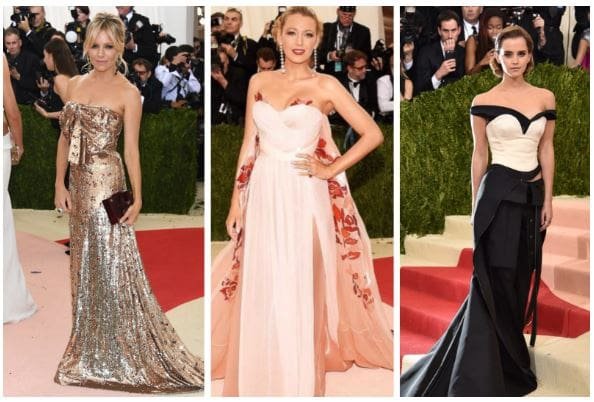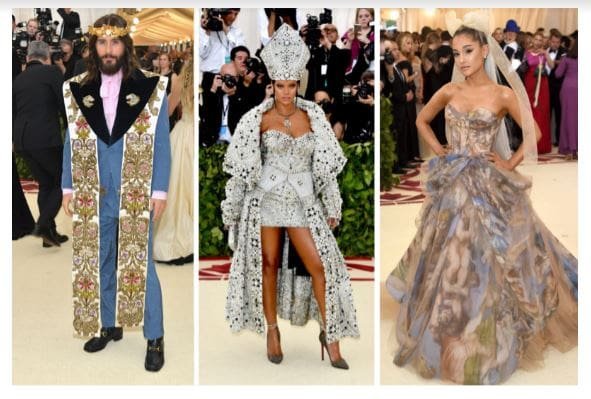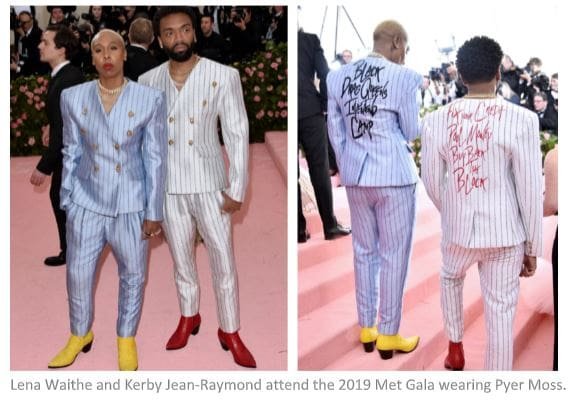-By Ankita Dutta.
The Met Gala, an annual fundraising event for the Metropolitan Museum of Art’s Costume Institute in New York City, has become one of the most anticipated and headline-grabbing fashion events of the year. Each year, the event has a different theme that is meant to inspire the museum’s fashion exhibits for the year. However, some themes and outfits have been more controversial than others.
This year’s theme, “Karl Lagerfeld: A Line of Beauty,” has garnered a lot of attention and sparked many debates. Karl Lagerfeld was a famous German fashion designer, artist, and photographer, best known for his work at Chanel for over three decades. Lagerfeld passed away in 2019 at the age of 85 and left behind an outstanding legacy of artistry through his countless curated apparel designs. However, he also left behind a string of controversies resurfacing with the reveal of the 2023 Met Gala theme.
From claims of having a toxic work environment under him, to allegedly making questionable statements, these controversies have led to protests and social media questioning the Met Gala’s credibility. Although this isn’t the first time that the Met has faced such scrutiny, as there have been instances in the past where the Met Gala was criticized for its themes.
Here are some of the most controversial Met Gala themes and outfits throughout the years:
Sara Jessica Parker in Mohawk Head dress
“Punk: Chaos to Couture” (2013): The theme of punk fashion was met with mixed reactions, with some attendees opting for a more literal interpretation while others took a more glamorous approach. Controversy also arose when fashion blogger Bryan Boy criticized some celebrities for not embracing the theme. However, it was Sarah Jessica Parker’s outfit with a mohawk headdress that garnered the most attention and criticism.
“China: Through the Looking Glass” (2015): The theme of Chinese fashion and art was seen by many as appropriative and disrespectful. Critics argued that the event was using Chinese culture as a mere aesthetic rather than paying homage to its cultural significance. The fashion choices of attendees such as Sara Jessica Parker’s headdress that sparked cultural appropriation claims and “sexy” interpretations of Chinese traditional dresses were also called into question for being stereotypical and insensitive.

“Manus x Machina: Fashion in an Age of Technology” (2016): The theme of fashion and technology sparked controversy when many attendees opted for traditional and glamorous looks rather than more daring and innovative fashion choices. Critics argued that the theme was not fully embraced and that the event was a missed opportunity for pushing the boundaries of fashion.

“Heavenly Bodies: Fashion and the Catholic Imagination” (2018): The theme of Catholic- inspired fashion sparked controversy for its potential religious insensitivity. Critics argued that the theme was inappropriate and disrespectful to the Catholic Church and its cultural and religious significance. Outfits such as Rihanna’s papal-inspired gown and Jared Leto’s Jesus-inspired outfit also sparked debate about cultural and religious appropriation in fashion.

“Camp: Notes on Fashion” (2019): The theme of camp fashion was met with mixed reactions, with some praising the event for embracing inclusivity and diversity in fashion, while others criticized the event for trivializing LGBTQ+ culture. Many attendees opted for outlandish and flamboyant outfits, with some taking inspiration from LGBTQ+ icons such as drag queens and Judy Garland. However, there were also critics who argued that the event was tone-deaf and showed a lack of understanding of the cultural and political significance of camp within the LGBTQ+ community.
In conclusion, the Met Gala’s controversial themes and outfits have sparked debate and criticism among fashion critics and the public alike. While some of these controversies have led to important discussions about cultural and religious sensitivity, others have been seen as missed opportunities and instances of cultural appropriation. As the Met Gala continues to evolve, the fashion industry will undoubtedly continue to push the boundaries of fashion, often with mixed results.

